
AeroGenie — Seu copiloto inteligente.
Tendências
Categories
Regulator Under Scrutiny Following Air India Flight 171 Incident

Regulator Under Scrutiny Following Air India Flight 171 Incident
Investigation Delays and Regulatory Concerns
The crash of Air India Flight 171 has intensified scrutiny of aviation safety oversight in India, casting doubt on the effectiveness of the country’s regulatory framework. Despite International Civil Aviation Organization (ICAO) Annex 13 guidelines mandating a preliminary accident report within 30 days, the Aircraft Accident Investigation Bureau (AAIB) has yet to release any findings. Although the bureau remains within the official timeframe, its silence has generated speculation and concern among aviation experts and industry observers.
There is widespread suspicion within the sector that the Boeing 787 involved may have experienced a loss of thrust shortly after takeoff. Should early investigations confirm catastrophic mechanical failure, critics argue that the AAIB ought to have promptly communicated such critical information. The absence of updates has raised questions about whether the bureau is withholding details that could implicate Air India or the Directorate General of Civil Aviation (DGCA), India’s primary aviation regulator.
These concerns are compounded by persistent staffing shortages at the AAIB. Previous inquiries, including the 2020 Air India Express runway overrun investigation, exposed significant manpower gaps, with several key investigator positions remaining vacant. If these deficiencies continue, the current investigation risks delays and resource constraints unless the Indian government opts to seek international assistance.
Regulatory Oversight and Industry Impact
The DGCA has faced intense criticism following post-accident inspections that uncovered widespread safety deficiencies across multiple Indian carriers. The aviation ministry reported numerous instances of unrecorded aircraft defects and repeated failures to address documented issues. Notably alarming were lapses such as improperly secured life vests and non-compliance with manufacturer repair protocols, raising fundamental questions about the regulator’s effectiveness and airline adherence to safety standards.
These inspections, initiated in response to the AI171 crash, appear reactive rather than reflective of proactive safety management. The DGCA’s intensified operational checks also revealed irregularities in flight time limitations at Air India. While the regulator has since stated that no major safety concerns have been identified within Air India’s Boeing 787 fleet, ongoing inspections continue. Critics contend that these measures are insufficient and belated, highlighting systemic oversight failures that may have contributed to what is increasingly viewed as a growing aviation safety crisis in India.
Broader Consequences for Indian Aviation
The incident occurs at a critical juncture for Air India, which is undergoing a significant transformation under new private ownership. The airline’s ambitions to rebrand and expand its international presence depend heavily on maintaining rigorous safety standards and regulatory compliance. The crash threatens to undermine these efforts, posing reputational risks not only for Air India but also for India’s broader aviation sector.
Market reactions have included heightened scrutiny of Boeing’s safety record and concerns about the trajectory of Air India’s transformation. Competitors are responding by reviewing and strengthening their own safety protocols and operational oversight. The crash is also expected to have wider implications for India’s aviation and tourism industries, potentially dampening inbound tourism and business travel. Insurance premiums for Indian carriers are projected to increase sharply—by as much as 30 percent—as insurers prepare for a rise in claims and elevated risk.
As the investigation proceeds, the regulator faces mounting pressure to demonstrate transparency and restore confidence in India’s aviation safety regime. The outcome will likely have enduring effects on the industry’s reputation, regulatory practices, and future growth prospects.
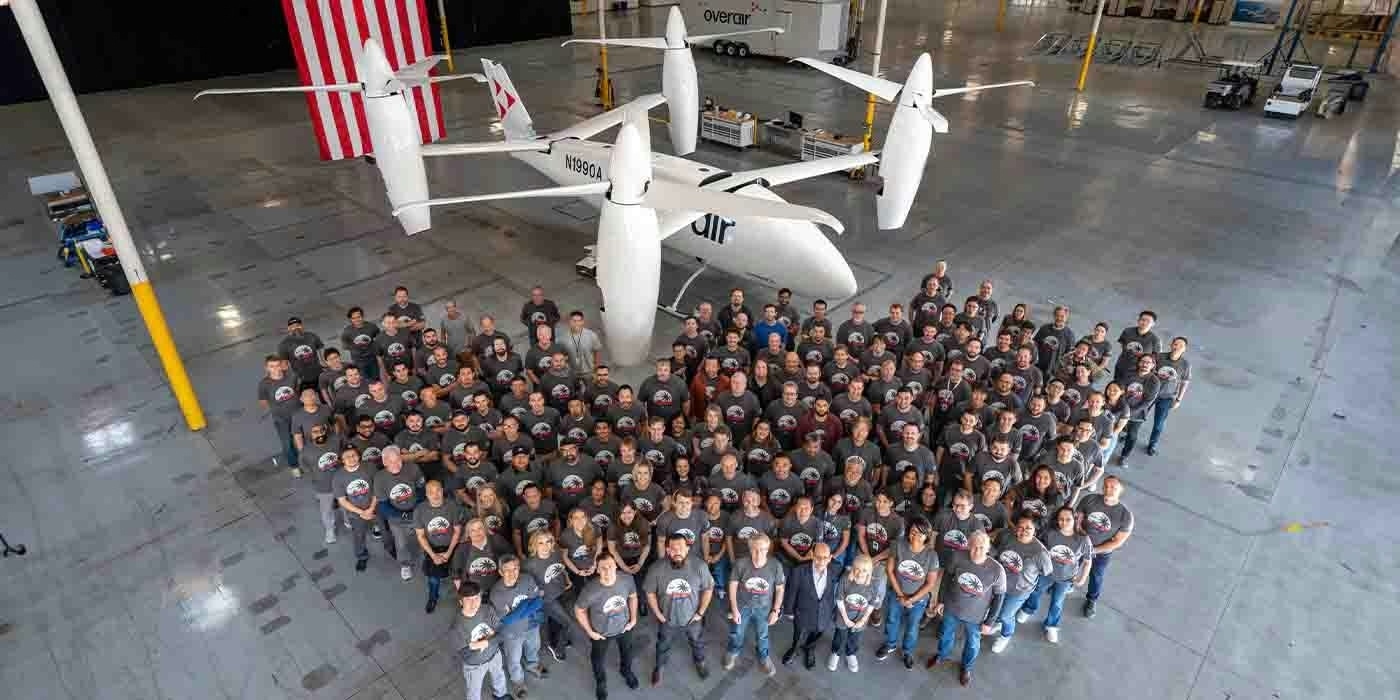
Unique mixed-propulsion eVTOL completes transition flight testing
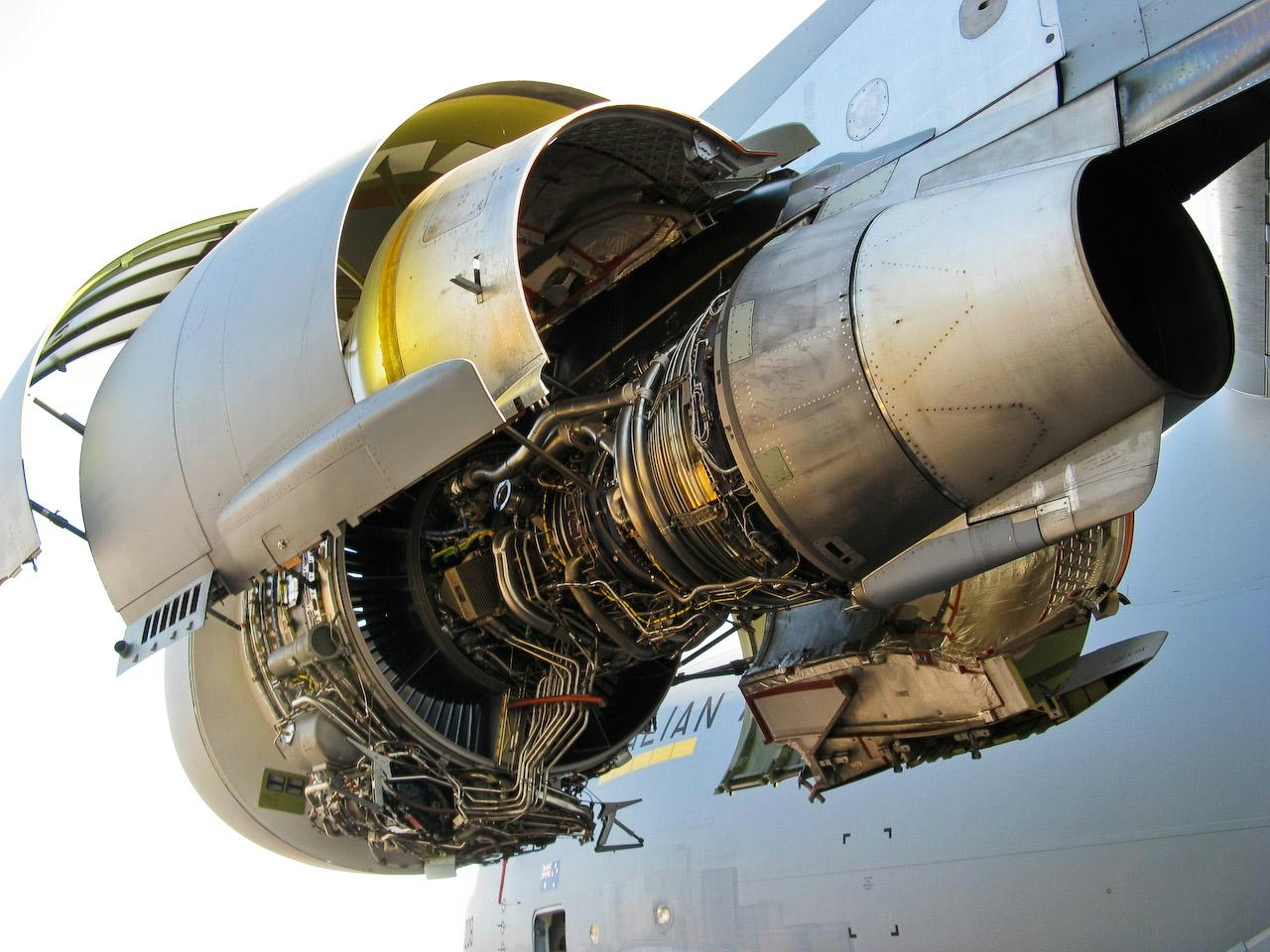
Are C-17 Globemaster Engines Derived from Boeing 757?
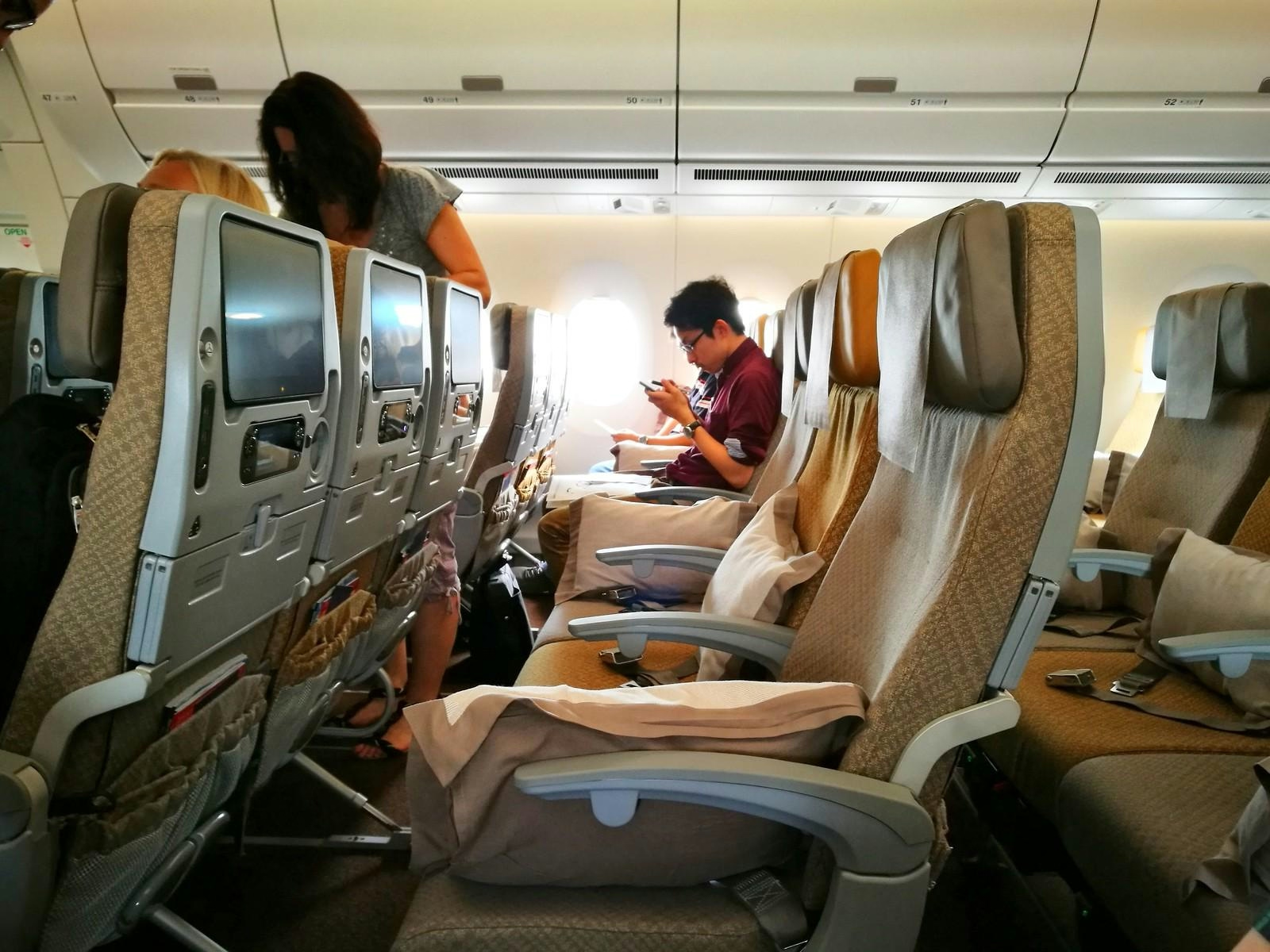
Why the Airbus A350’s Cabin Is Quieter Than Other Aircraft
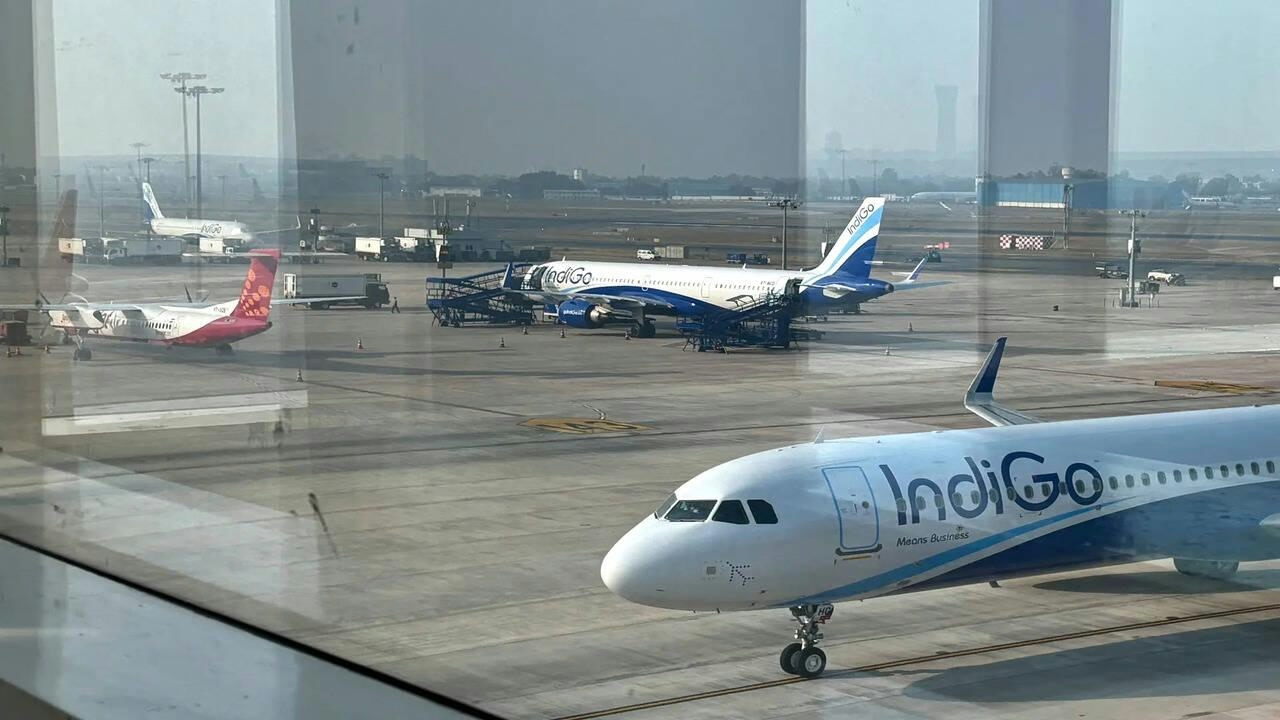
AI and AI Express Plan to Increase Capacity Amid IndiGo Flight Disruptions
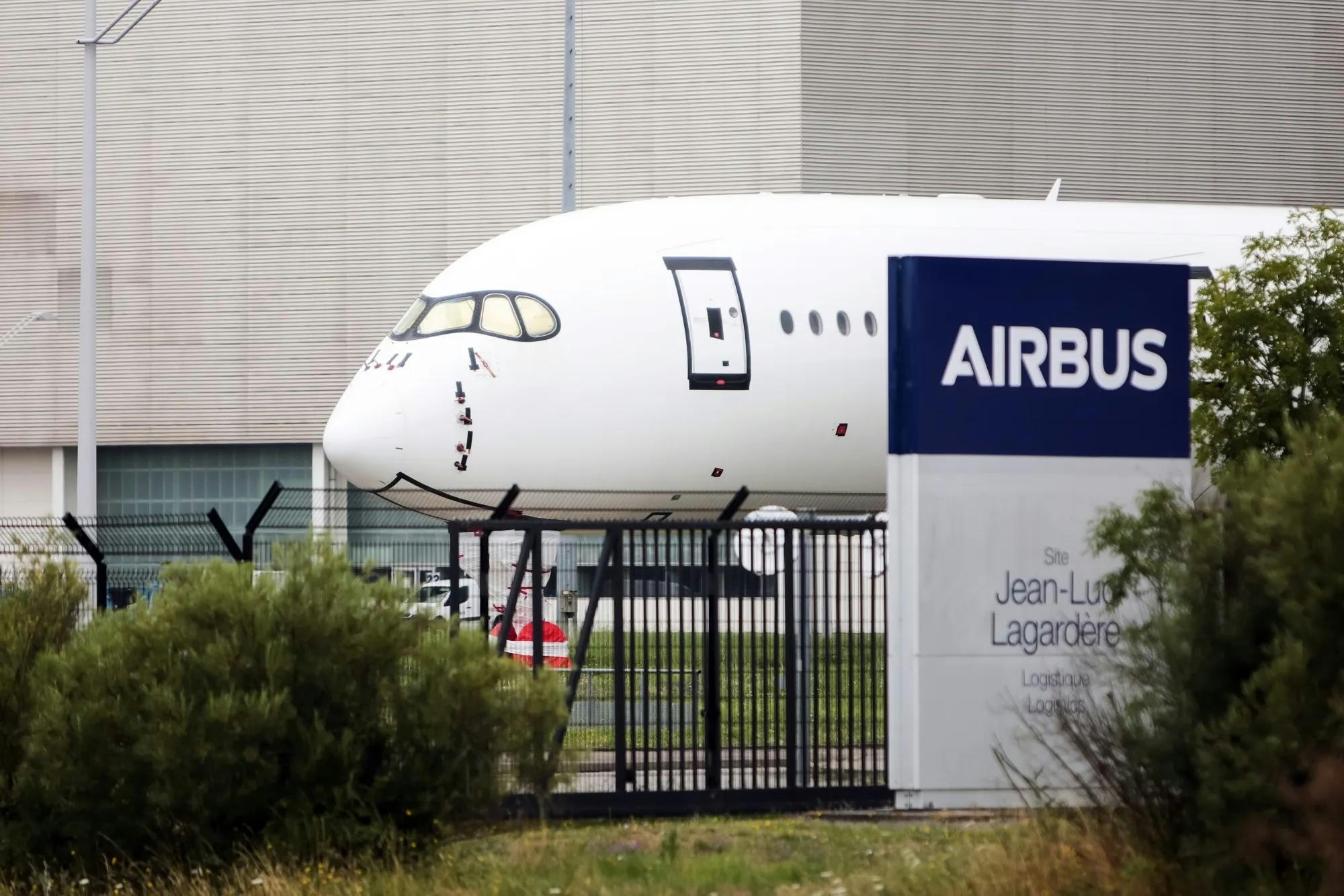
Kazakhstan and France Agree on Airbus Aircraft Deliveries
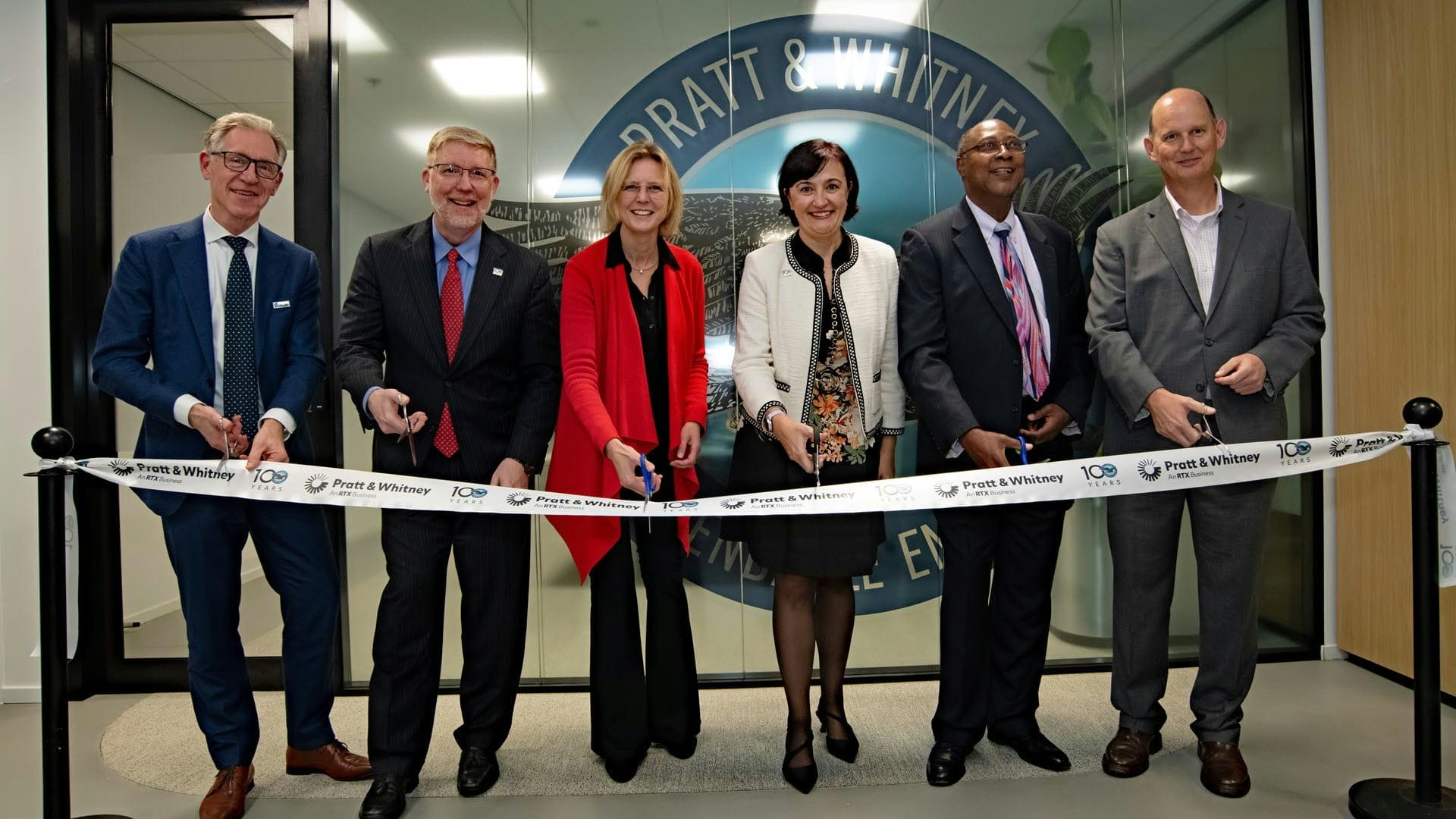
Europe’s Emerging Talent Drives Aviation Innovation
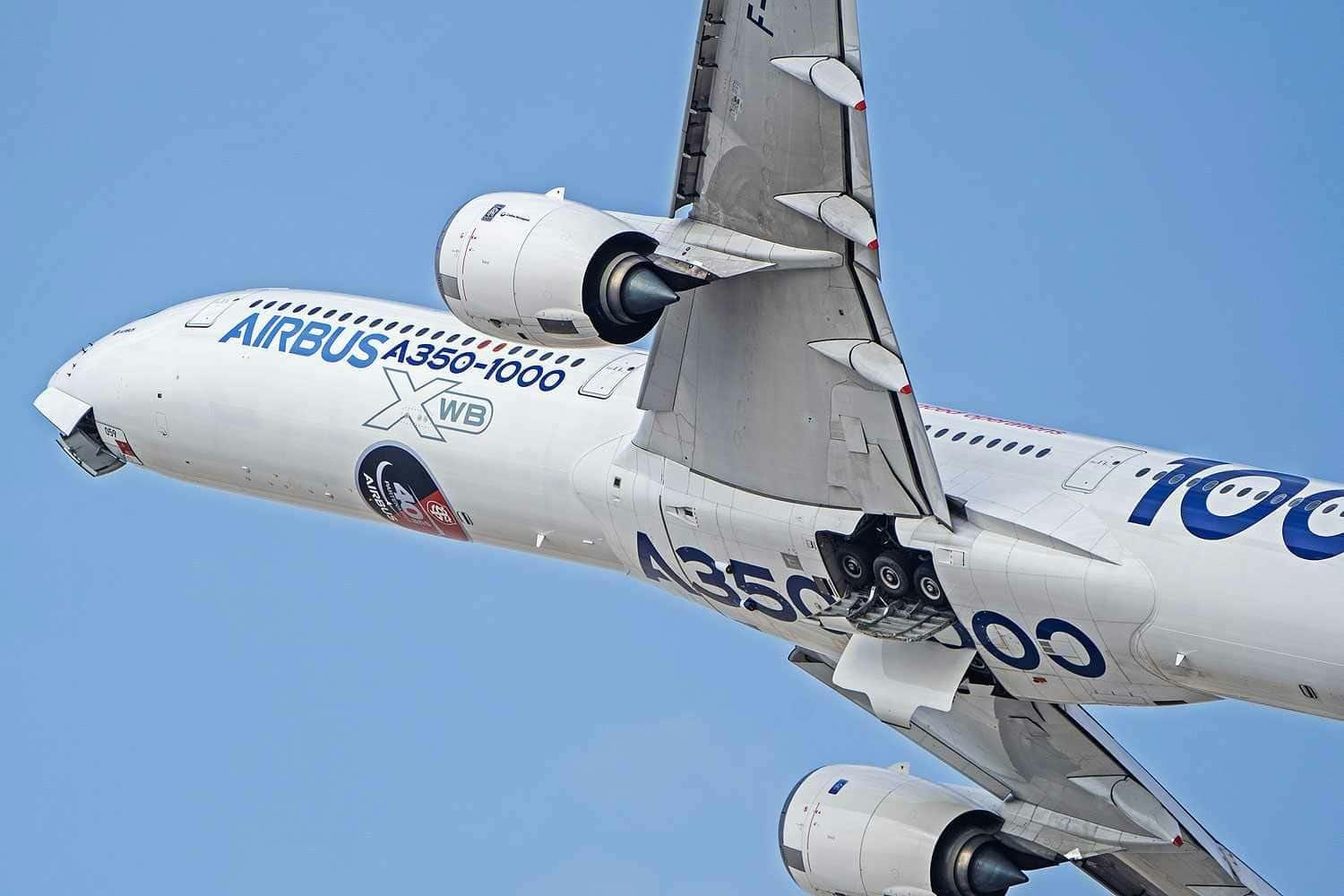
Airbus Receives New Order for A350-1000

The Leading Widebody Aircraft in Service Today
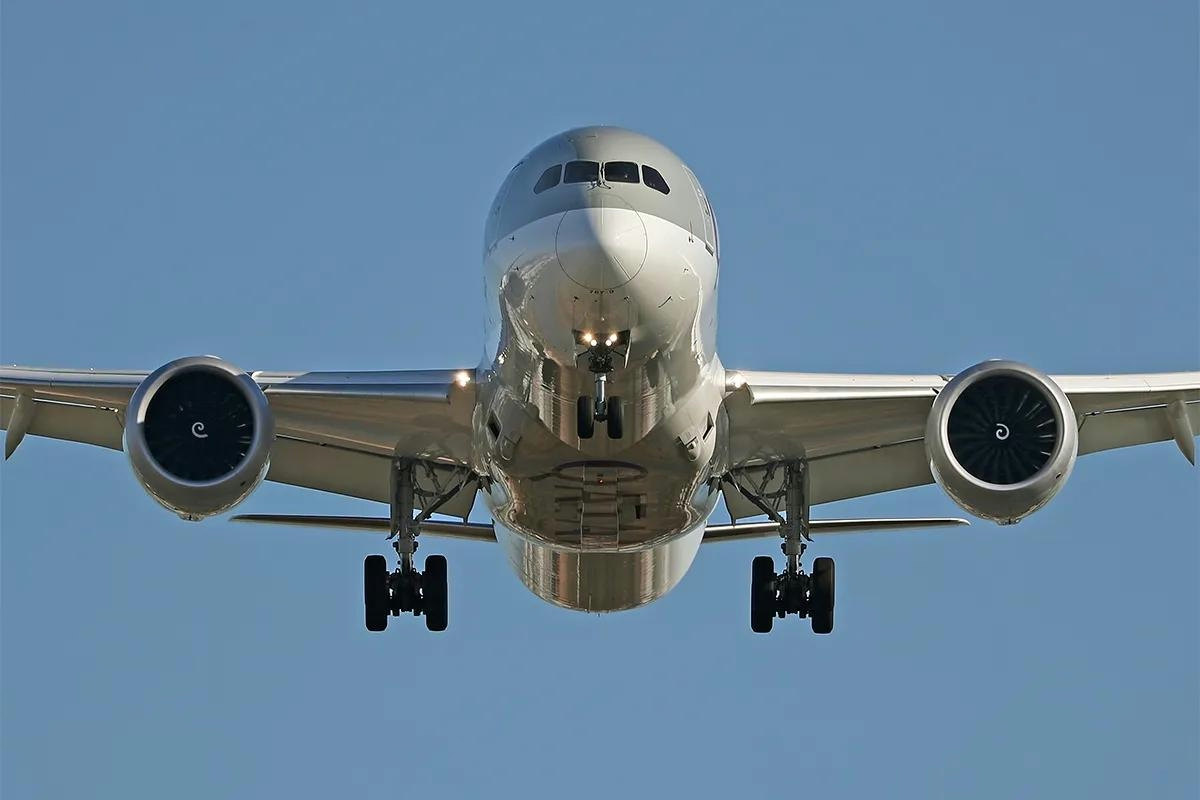
The Fastest Boeing Jet Currently in Service
